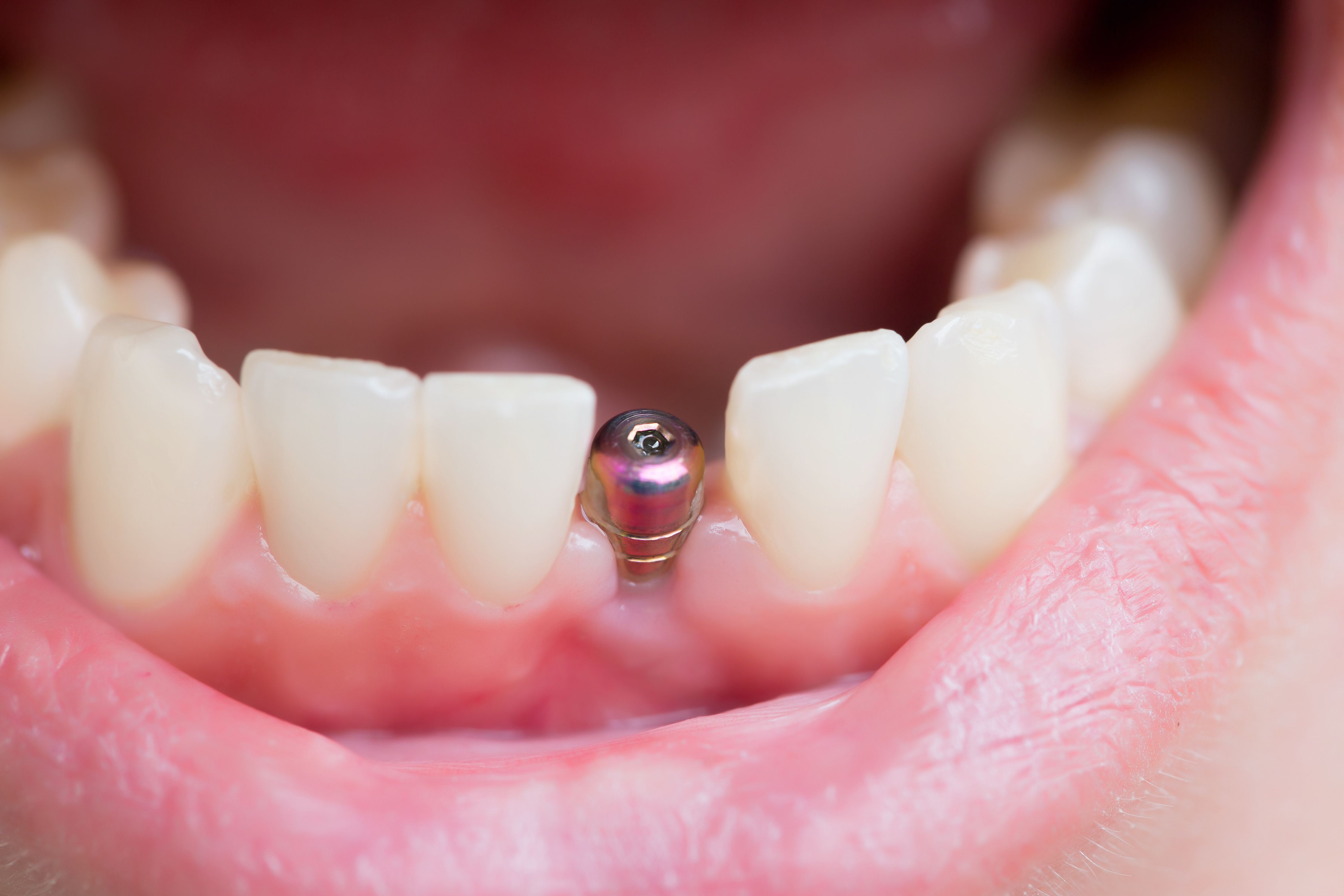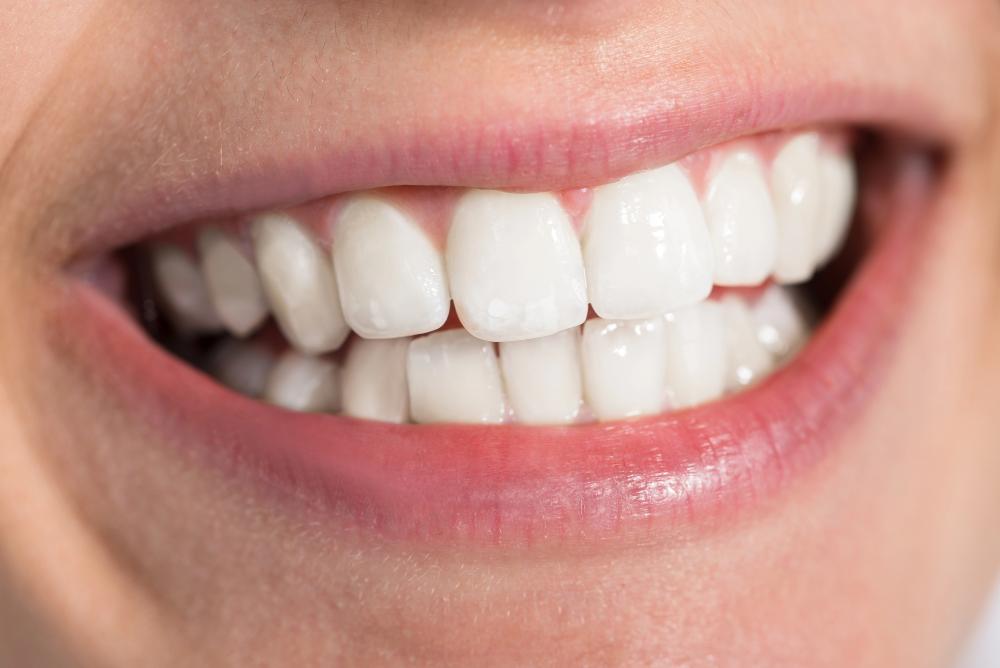If you’ve had a dental implant and are considering Invisalign to straighten your teeth, you may wonder if the two treatments can work together.
While dental implants and Invisalign serve different purposes, they can often complement each other.
In this article, we’ll explain how Invisalign works with implants, what to expect from the treatment process, and key factors to consider before starting Invisalign with an implant.
Can you get Invisalign with an implant?
Yes, you can get Invisalign with an implant. Your dentist will plan treatment to ensure your aligners work around the implant, aligning your teeth while keeping the implant intact.
Key Takeaways
- Invisalign can be used alongside dental implants, but special considerations are needed.
- The alignment of your remaining teeth can be improved with Invisalign, even if you have an implant.
- It’s essential to work closely with your orthodontist and dentist to ensure the best results.
How Invisalign Works with a Dental Implant
Invisalign uses clear aligners to straighten teeth by applying gentle, consistent pressure. If you have a dental implant, it’s important to understand how this can affect the treatment process.
Dental implants are not movable like natural teeth, so they won’t shift along with your other teeth during treatment. Here's how Invisalign can still be effective with an implant:
The Role of the Implant in Invisalign Treatment
A dental implant is typically placed when a tooth is missing, and it serves as a permanent replacement for that tooth.
Since the implant is anchored in the jawbone, it doesn’t shift like natural teeth.
This can be an advantage, as the implant acts as a stable anchor for the alignment of the surrounding teeth.
Invisalign will work to move your natural teeth into their desired positions, but the implant will remain in place, providing a fixed point in the treatment process.
Adjusting Treatment Around the Implant
In cases where you have a dental implant, your orthodontist may adjust your treatment plan accordingly.
Invisalign aligners will still be used to move your remaining teeth into proper alignment, but the aligners will need to be designed to avoid the implant.
This may require some customisation to ensure that the movement of surrounding teeth does not disturb or interfere with the implant.
When Should You Get Invisalign with a Dental Implant?

While it is possible to get Invisalign treatment after a dental implant, timing is important.
It’s essential to wait for the implant to heal fully before starting treatment, and the timing of your Invisalign treatment depends on various factors.
Healing Period After the Implant Surgery
After the dental implant is placed, you will need to allow for a healing period.
The implant needs to integrate with the jawbone, a process known as osseointegration, which can take several months.
During this time, your orthodontist may recommend waiting before starting Invisalign to ensure that the implant is fully secure and stable.
Post-Implant Alignment
Once the implant has healed and is stable, your orthodontics can begin the process of aligning your remaining teeth with Invisalign.
If you had a gap where the missing tooth was, Invisalign can help align the teeth around the implant, providing a more even and functional bite.
Your orthodontist will use 3D imaging to create a custom-made treatment plan, taking the implant into account and planning the movements of your natural teeth.
Challenges of Using Invisalign with a Dental Implant
While Invisalign can be an effective permanent solution for straightening teeth with an implant, there are a few challenges that need to be addressed. Here are some of the factors to consider:
Limited Movement of the Implant
Since the implant is fixed and won’t move, your orthodontist can’t use it to anchor aligners in the same way that natural teeth are used.
As a result, treatment may take longer or require additional adjustments to your aligners.
Depending on the location of the implant, your orthodontist might need to plan the movements of your other teeth carefully to avoid interference with the implant.
Customised Treatment Plan
Invisalign aligners are typically customised to fit your teeth, but when you have an implant, this requires more detailed planning.
Your orthodontist will need to carefully design your aligners to accommodate the implant while still ensuring that the rest of your teeth move into the correct positions.
This could mean longer appointments or more visits to your orthodontist to track the progress of your treatment.
Alternatives to Invisalign with a Dental Implant
In some cases, Invisalign may not be the best treatment option if you have a dental implant, especially if the implant is in a location where it prevents certain tooth movements. In such cases, other orthodontic treatments might be more suitable.
Traditional Braces
Traditional metal braces may be a better option for those with implants, particularly if the implant is located in a place where it interferes with movement.
Braces are more versatile than aligners, and they can be used to move both teeth and the implant.
Braces can provide more consistent pressure on the teeth and can be used to shift teeth around the implant in a way that may not be possible with Invisalign.
Partial Braces with Invisalign
In some situations, a combination of partial braces and Invisalign may be recommended.
Partial braces can be used on the teeth surrounding the implant, while Invisalign can be used to move the rest of your teeth.
This approach can be effective if the implant is preventing the necessary movement of certain teeth.
Maintenance and Aftercare with Invisalign and a Dental Implant
Once your Invisalign treatment is complete and your teeth are properly aligned, it’s important to continue caring for your teeth and dental implant to maintain your results.
Retainers
After completing Invisalign treatment, your orthodontist will likely recommend wearing a retainer to help keep your teeth in their new positions.
Retainers are especially important for patients with invisalign and dental implants, as the natural teeth may shift back into place if not properly maintained.
Regular Check-Ups
It’s important to visit your dentist and orthodontist regularly after Invisalign treatment to ensure that your implant remains secure and that your teeth stay aligned.
Your orthodontist will monitor your results and make any necessary adjustments to your treatment plan or retainer usage.
Frequently Asked Questions
1. Can I get Invisalign if I have a dental implant?
Yes, you can get Invisalign with a dental implant. However, the treatment plan may need to be adjusted, and you may need to wait until the implant has fully healed before starting treatment.
2. How long does Invisalign treatment take with an implant?
Treatment time with Invisalign can vary, but it typically takes 12 to 18 months. The presence of a dental implant may make the treatment time slightly longer, depending on the specific situation.
3. Can Invisalign move teeth around a dental implant?
Invisalign can be used to move the teeth around a dental implant, but it may require a more customised treatment plan. The implant cannot be moved, so careful planning is necessary to ensure the rest of your teeth are aligned properly.
Conclusion
Invisalign is a highly effective orthodontic treatment, even for those who have dental implants.
While it’s possible to use Invisalign with a dental implant, treatment may require careful planning and additional time to account for the fixed nature of the implant.
Consult with your orthodontist to create a treatment plan that works for you and takes into consideration your implant and the alignment of your remaining teeth.
With the right plan and commitment, Invisalign can help you achieve the straight, confident smile you’ve always wanted.
%202.svg)



